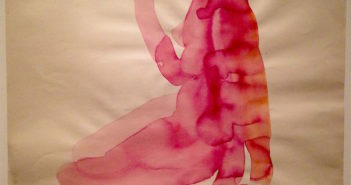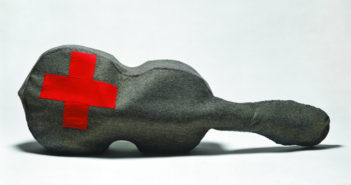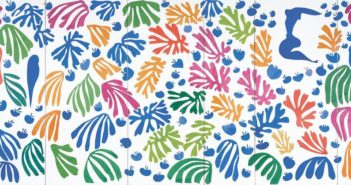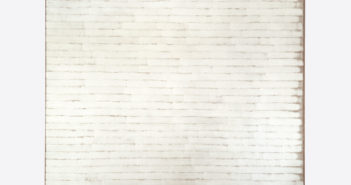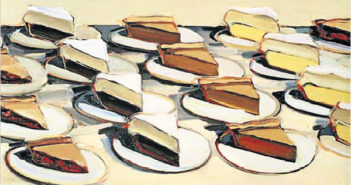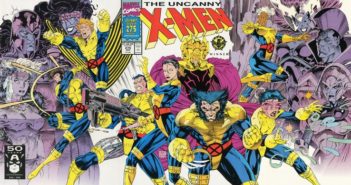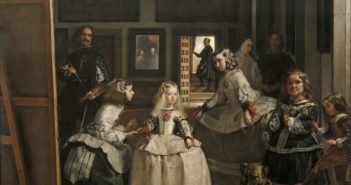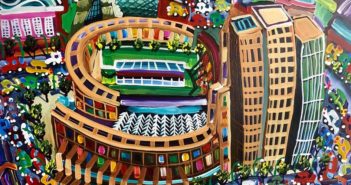
Do I need a gallery?
A common question is, “Do I need a gallery?” The simple answer is, “No.” Yesterday, Vancouver artist John Ferrie emailed his annual exhibition notice, announcing his latest body of work and explaining himself in his own words: “I have often been viewed as an art rebel, as I have very much side-stepped the gallery system. Often showing in obscure environments such as the lobby of the Four Seasons Hotel or doing a huge installation for Vancity at their signature branch in Point Grey, I have discovered what works for me.

